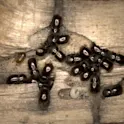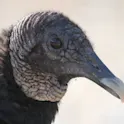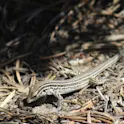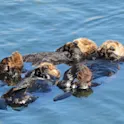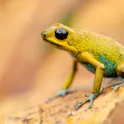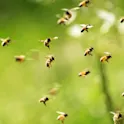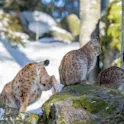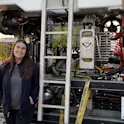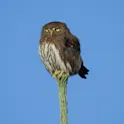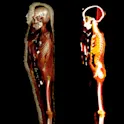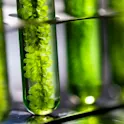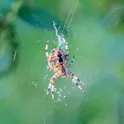
Life sciences
18 Apr 2023
Orb weaver spider glue properties evolve faster than their glue genes, scientists find
by Angharad Brewer Gillham, Frontiers science writer Image/Shutterstock.com Orb weaver spiders make the capture threads of their webs sticky with an aqueous glue made in special aggregate glands. Scientists studied different species living in different environments to see how the glue changed and found that although the glue was mostly made of the same components, the proportions of the proteins involved were different, changing the glue’s properties. Spiders that don’t weave good silk don’t get to eat. The silk spiders produce which creates their webs is key to their survival – but spiders live in many different places which require webs fine-tuned for local success. Scientists studied the glue that makes orb weaver spiders’ webs sticky to understand how its material properties vary in different conditions. “Discovering the sticky protein components of biological glues opens the doors to determining how material properties evolve,” said Dr Nadia Ayoub of Washington and Lee University, co-corresponding author of the study published in Frontiers in Ecology and Evolution. “Spider silk fibers and glues represent a fantastic model for answering such questions since they are primarily made of proteins and proteins are encoded by genes.” “Spider silks and glues have huge biomimetic potential,” added Dr […]
